Curiosity Box is a quarterly STEM subscription box that provides science and math enthusiasts of all ages with limited-edition boxes of the world’s best science toys, puzzles, and novelty items.
Boxes will include a “premium mix of new inventions and classic science toys that demonstrate everything from angular momentum to optical illusions”. Every item is developed by the creators of Vsauce — the award-winning science education network with over 3 billion video views — and each one will include a custom video lesson that can only be accessed by subscribers through their app. These items can include exclusive t-shirts, mind-bending puzzles, collectibles, experiments, books, gadgets, and more.
Disclosure: Box was received for review. Post may contain affiliate links.
Subscriptions are $60/quarter or $220/year (save $20!). — For a limited time, you can save 25% on your first box with coupon code “ROSEBUDS25!
Let’s see what’s in the Summer 2024 Curiosity Box!
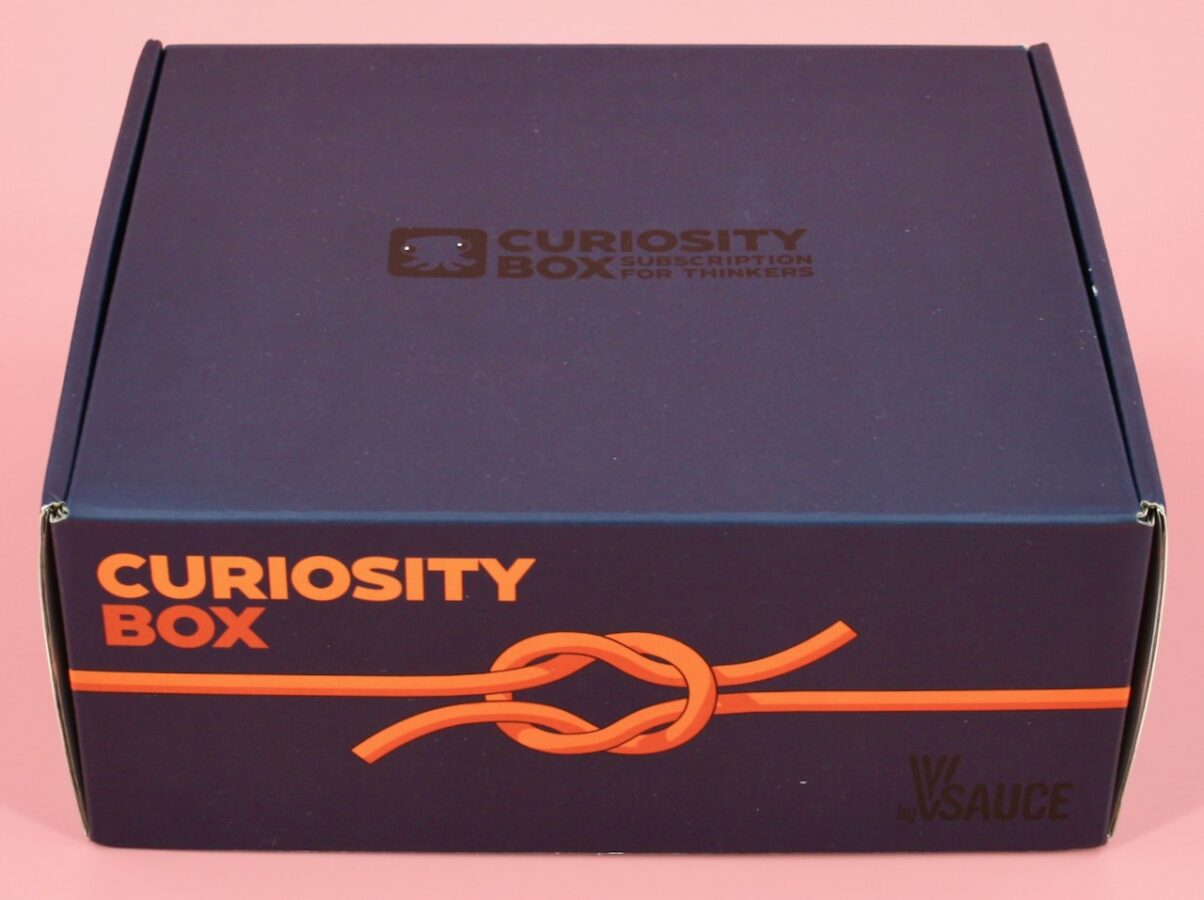
Everything was shipped in a small black box with the Curiosity Box logo on top.
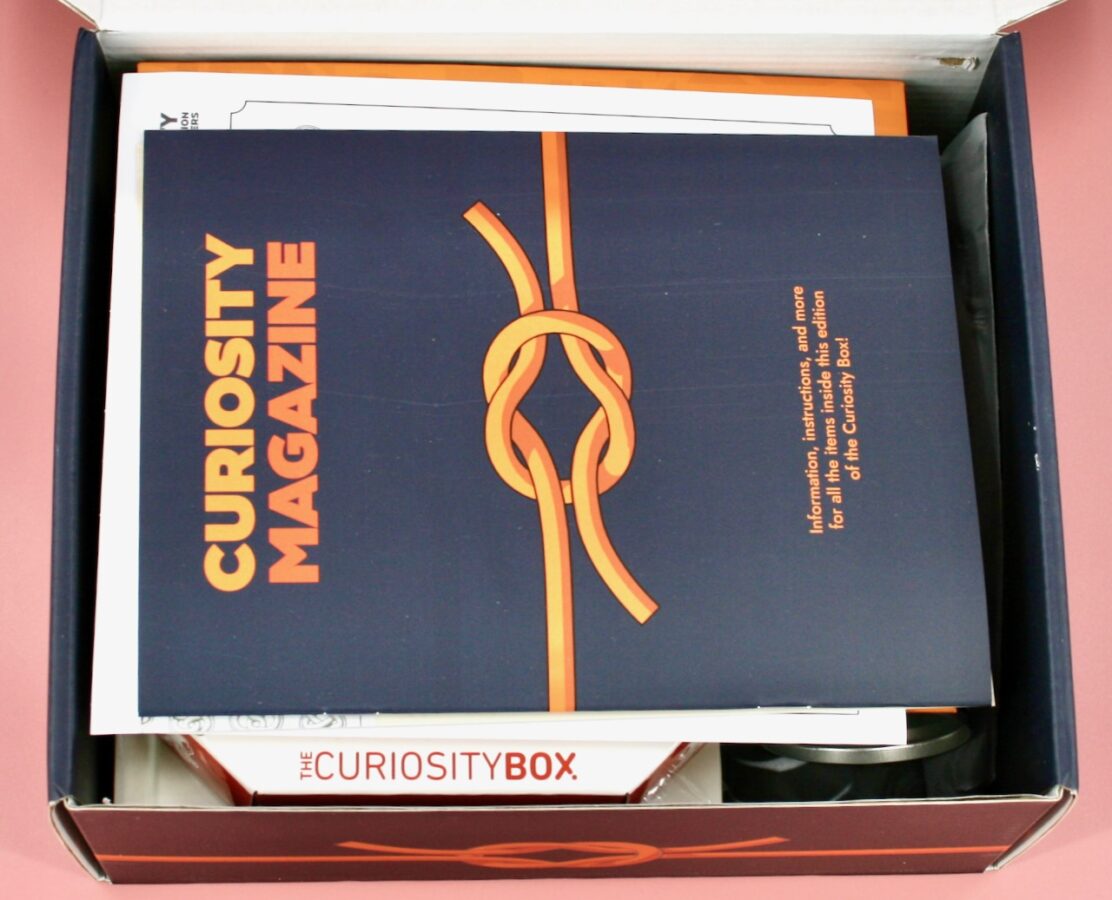
A peek inside!
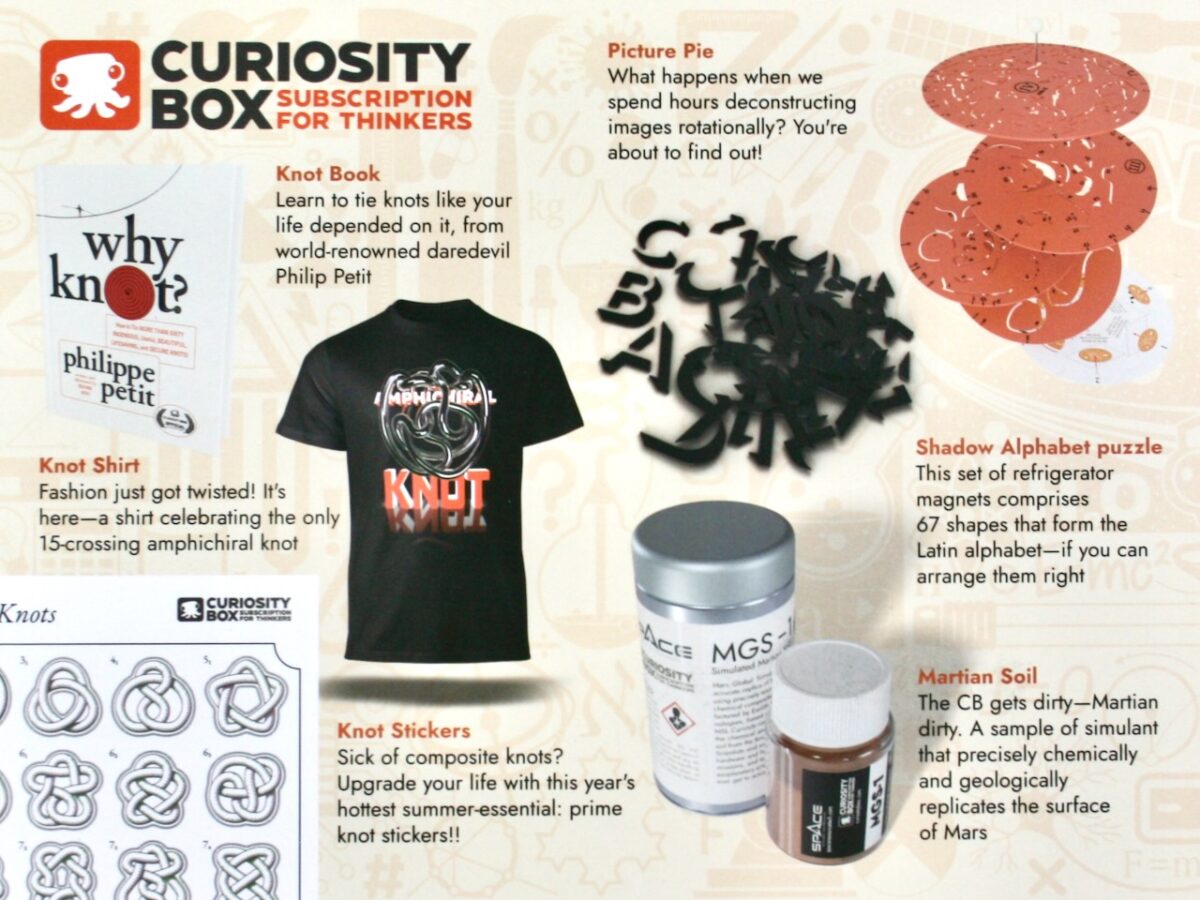
An info card listed all of the items in this quarter’s box, along with photos and a brief description for each one.
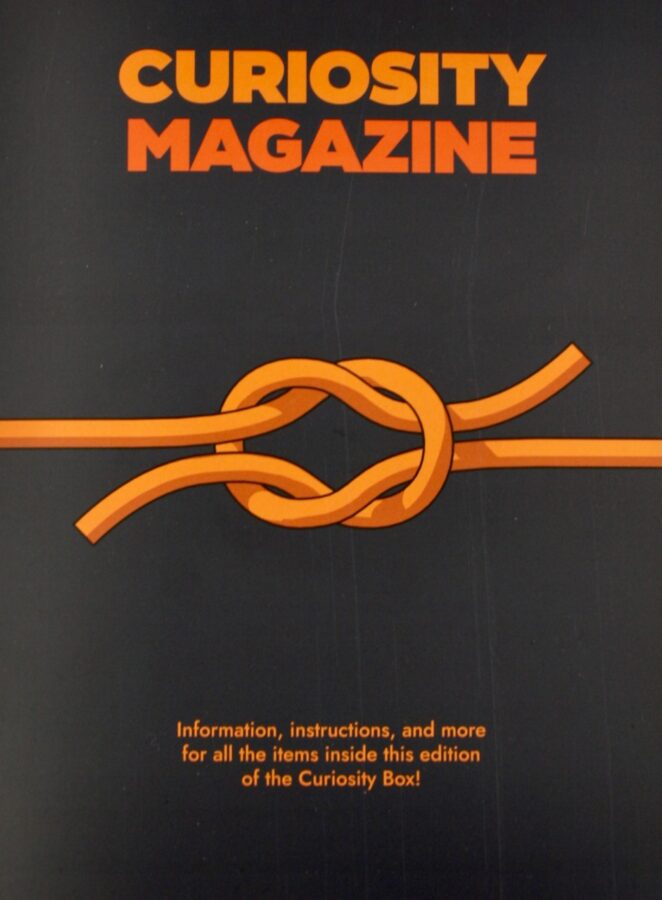
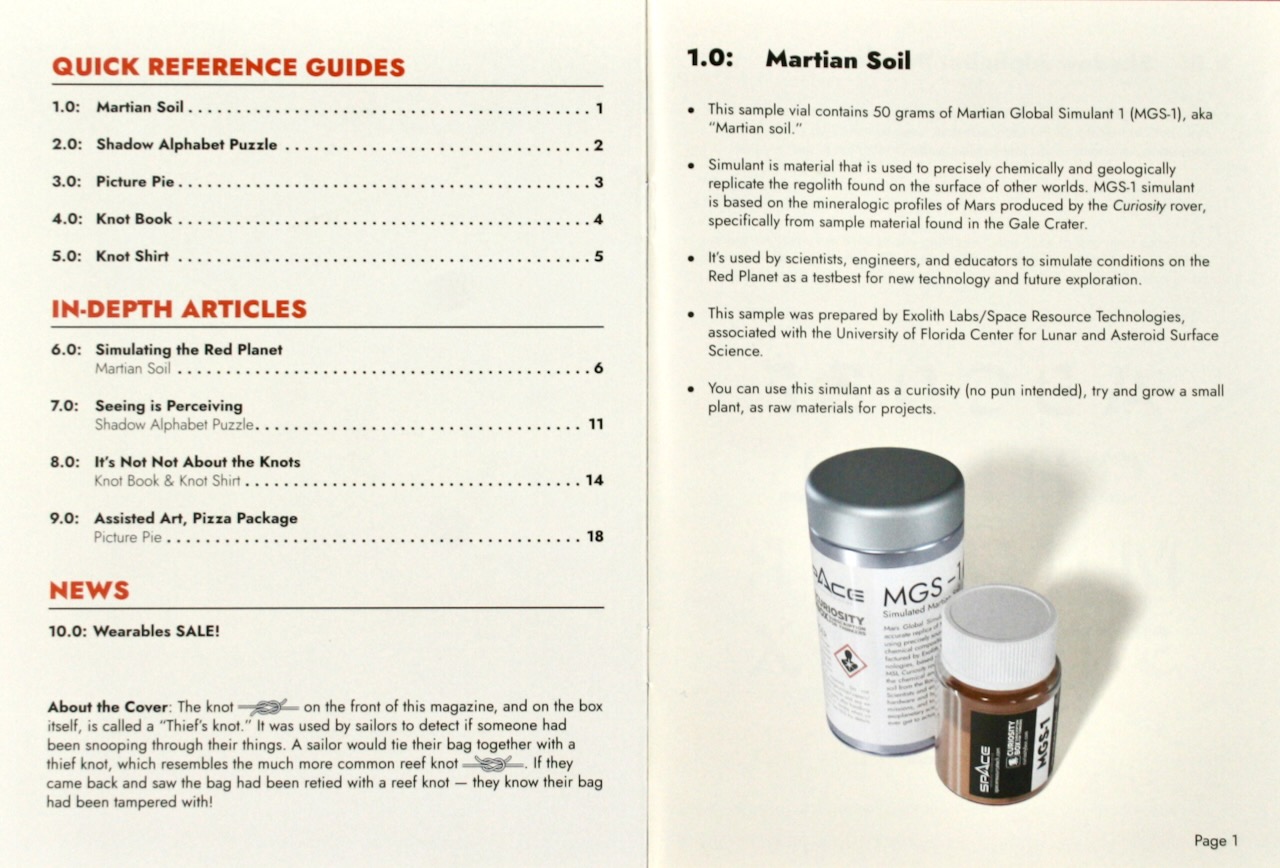
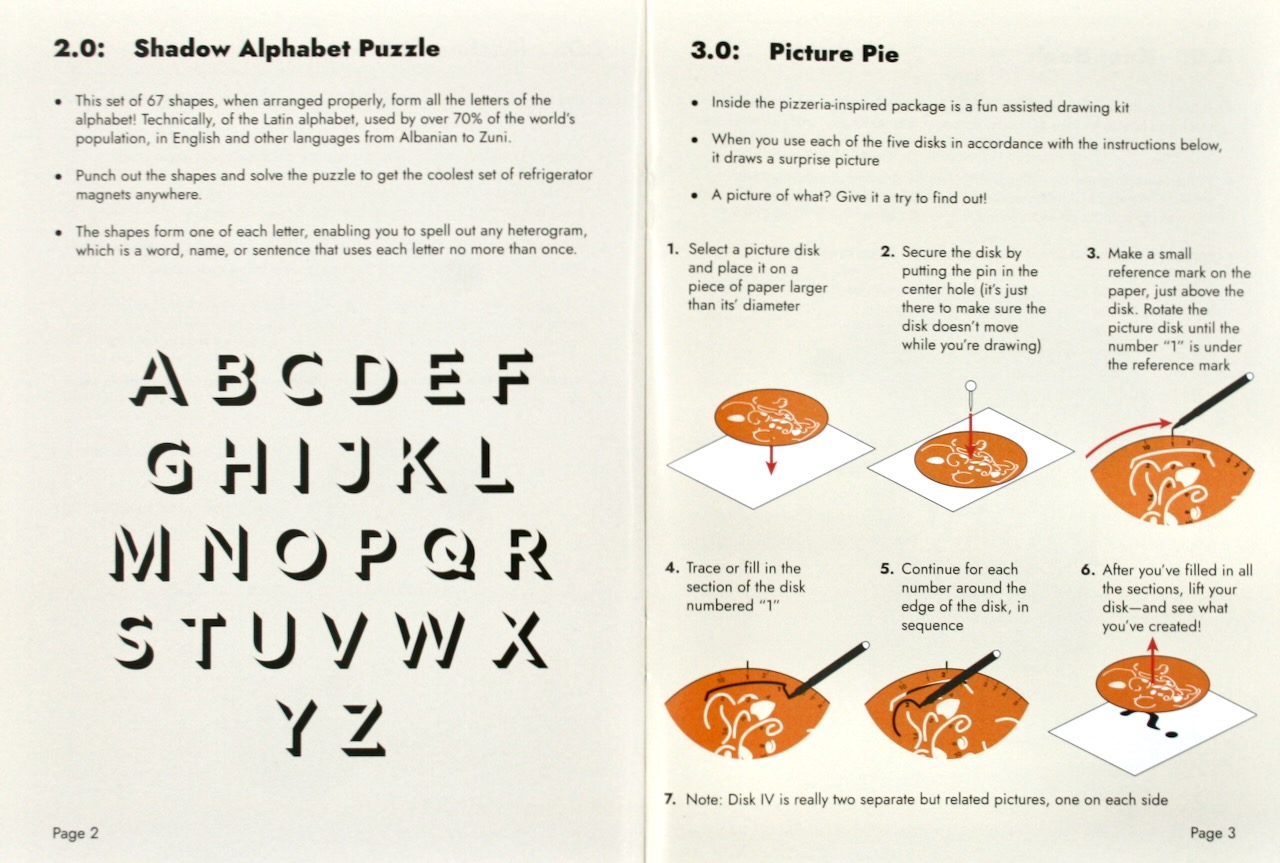
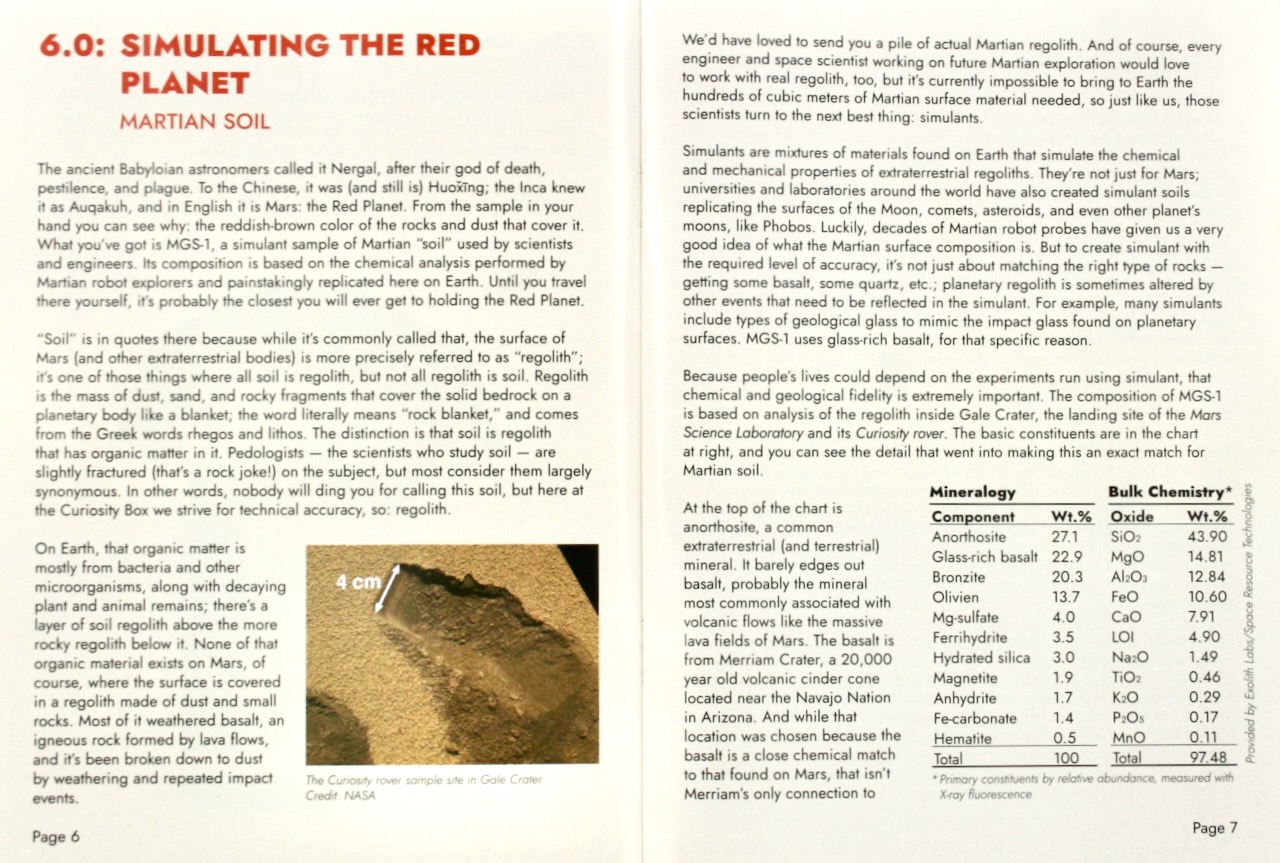
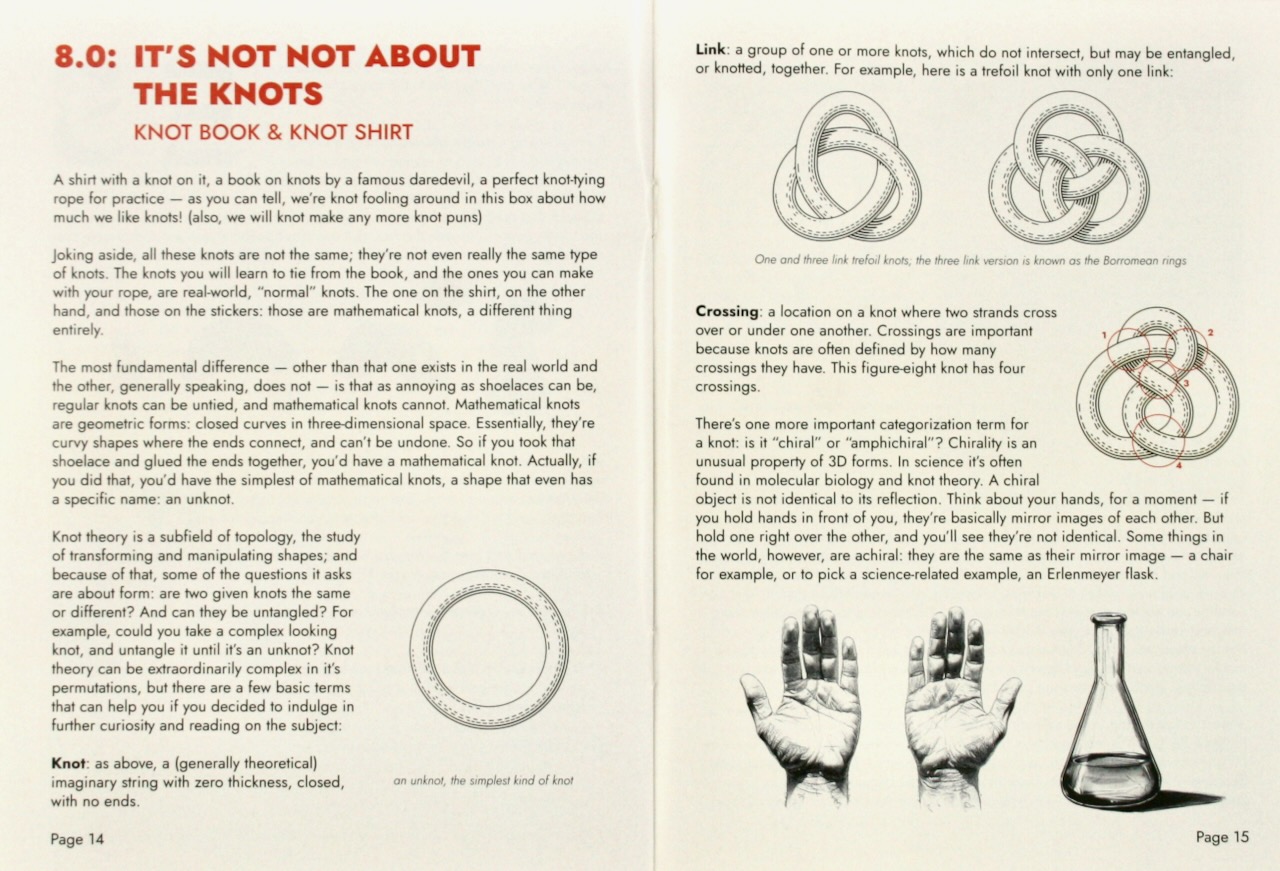
A quarterly magazine is also included in the box, which provides additional details about each item as well as other science-y goodness.
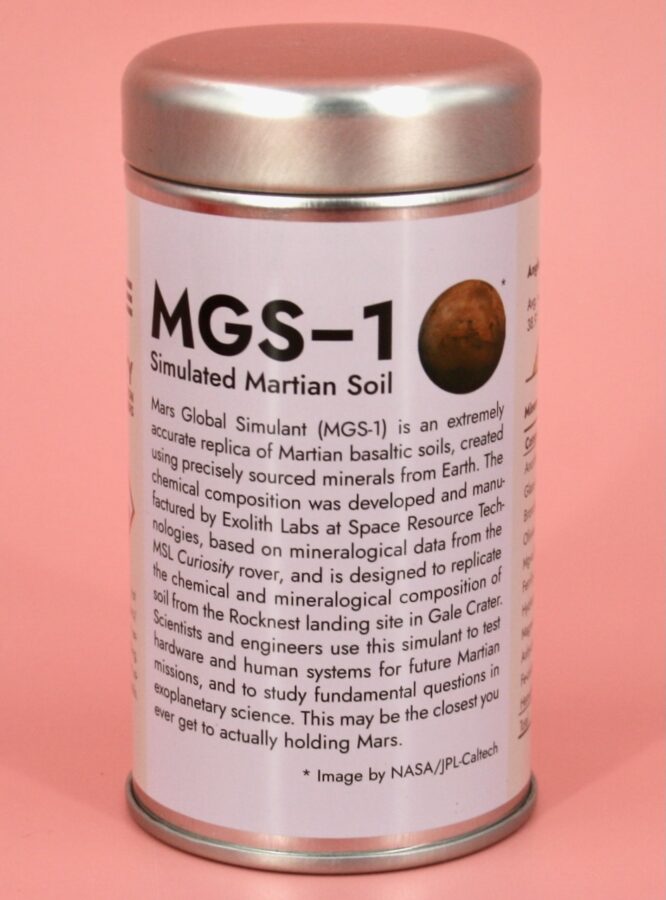

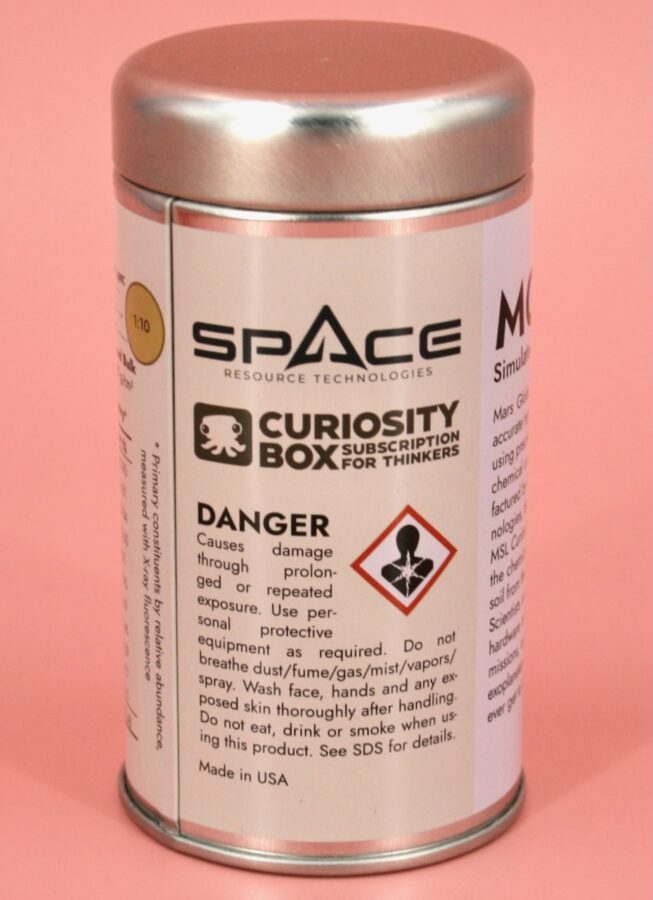
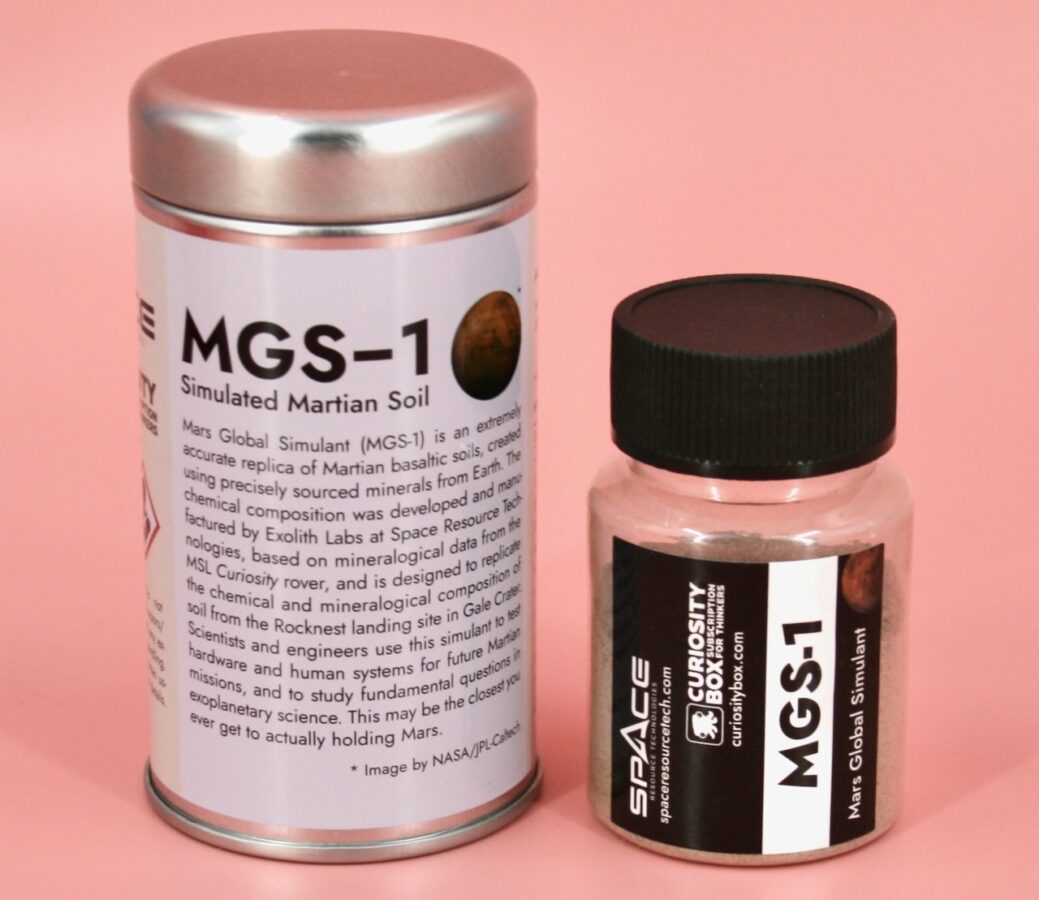
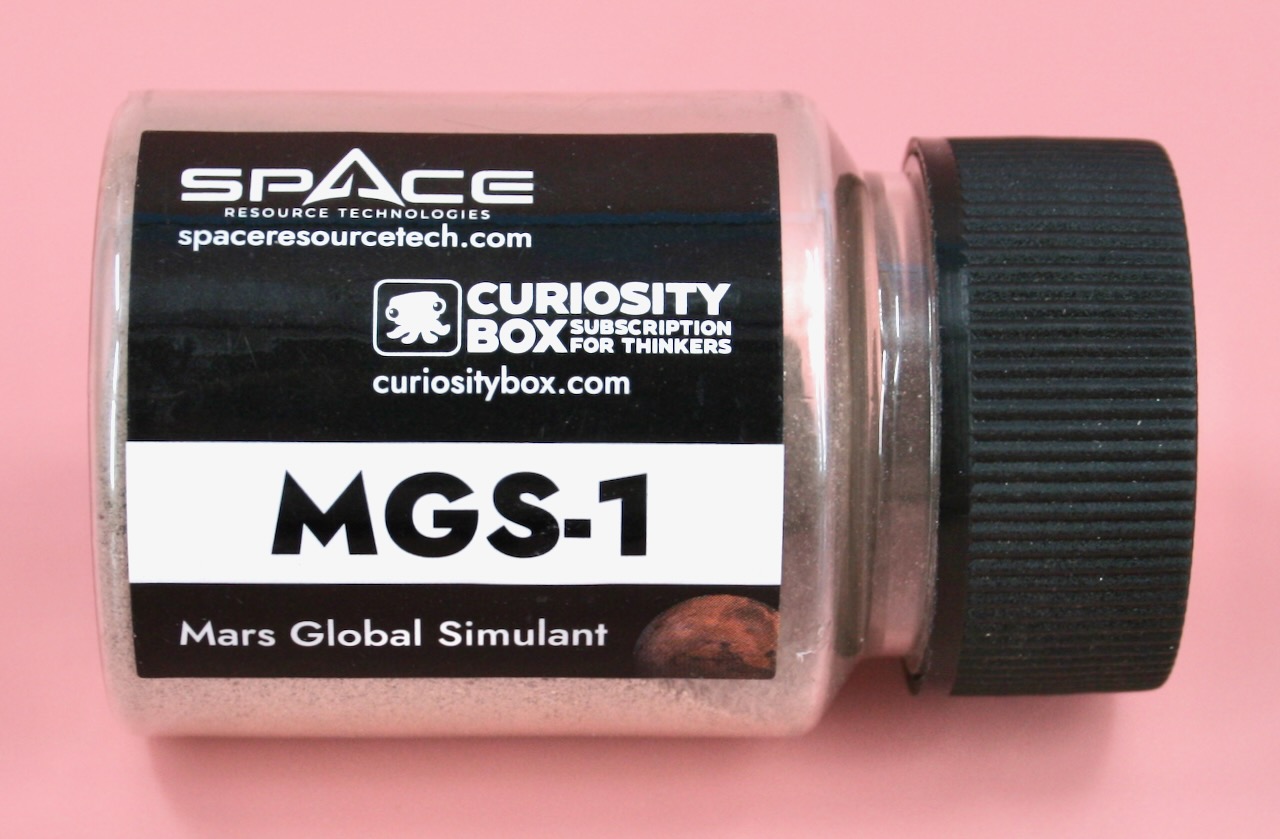
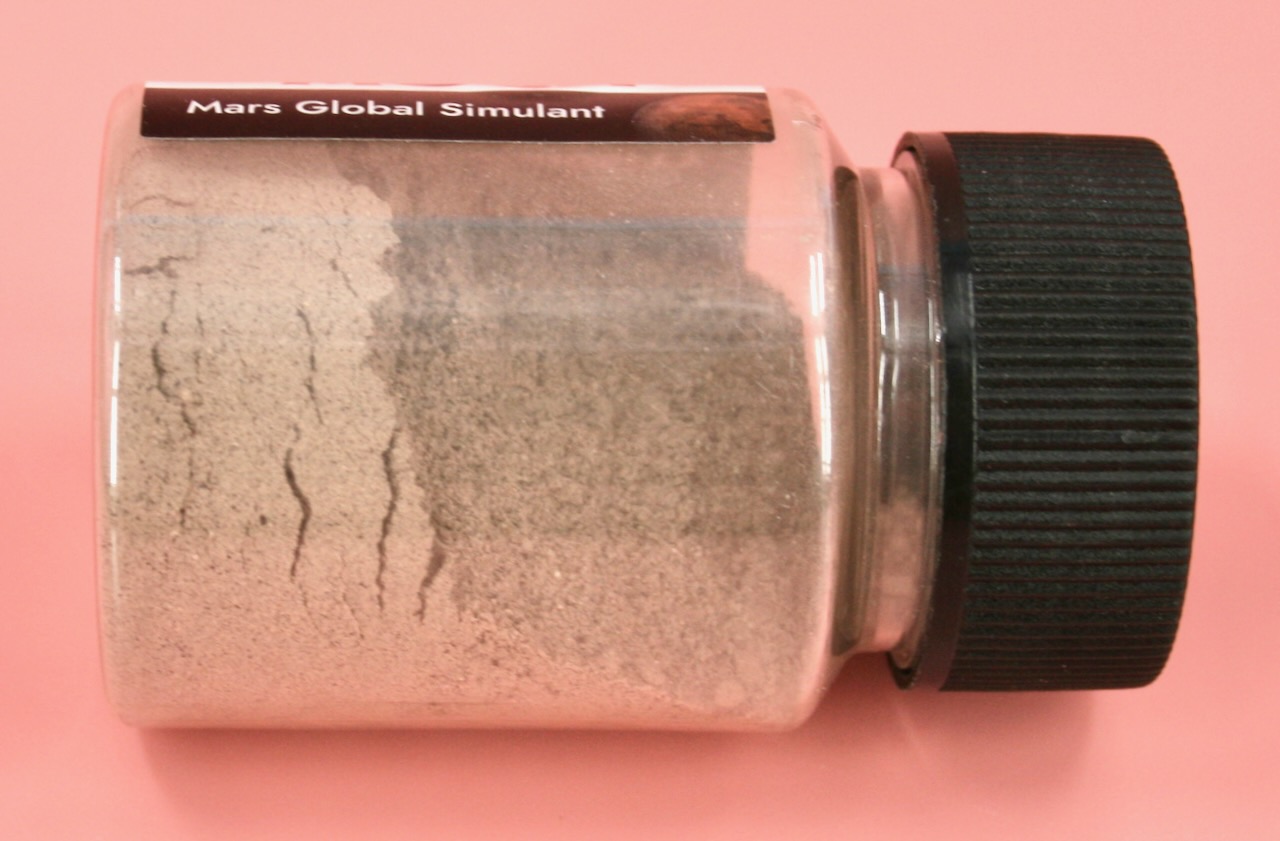
Martian Soil
First up, a sample of “martian soil” aka Martian Global Simulant 1 (MGS-1)! The glass bottle above contains a simulant that “precisely chemically & geologically replicates the surface of Mars”. Its formulation is based on the mineralogic profiles of Mars produced by the Curiosity rover (specifically from sample material found in the Gale Crater). Scientists, engineers, and educators use simulants like this to help in researching new technology and future exploration of the Red Planet. The info booklet suggests subscribers use a sample of it to try growing a small plant, as raw material for a project, or simply place on display as a fun curiosity.
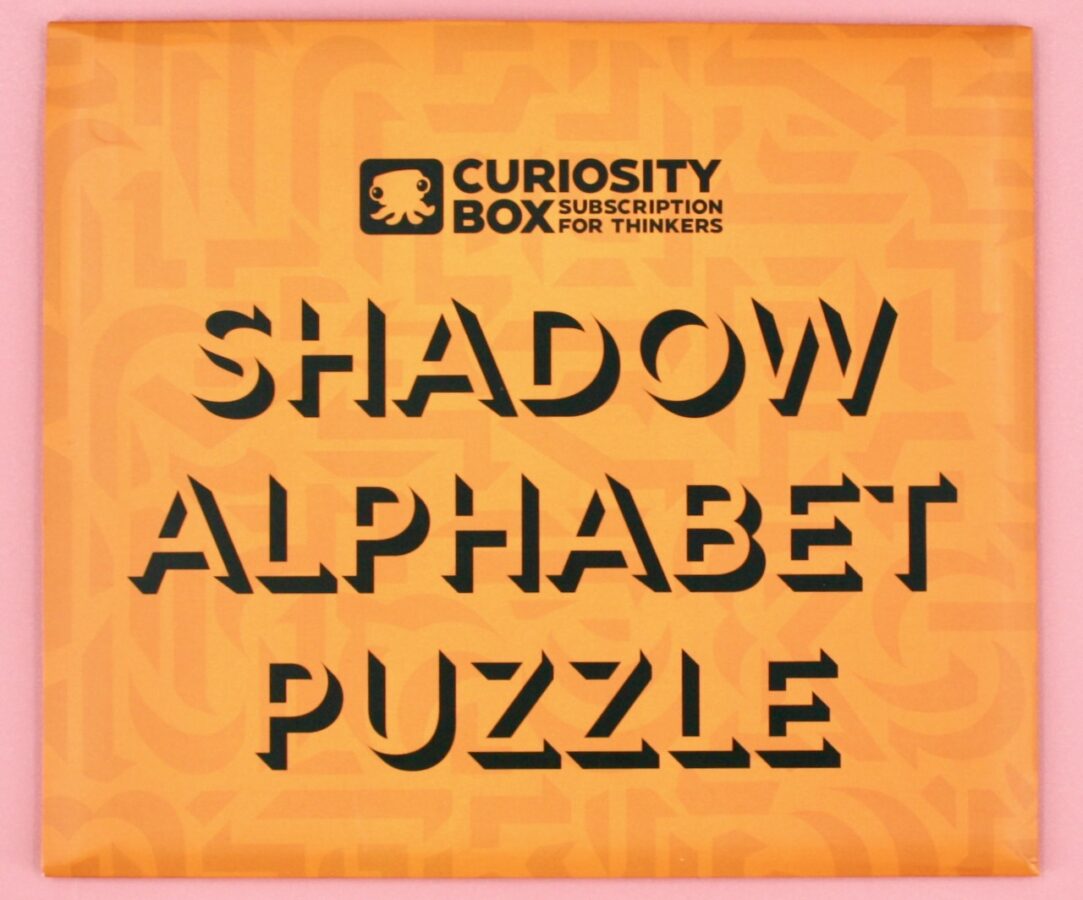
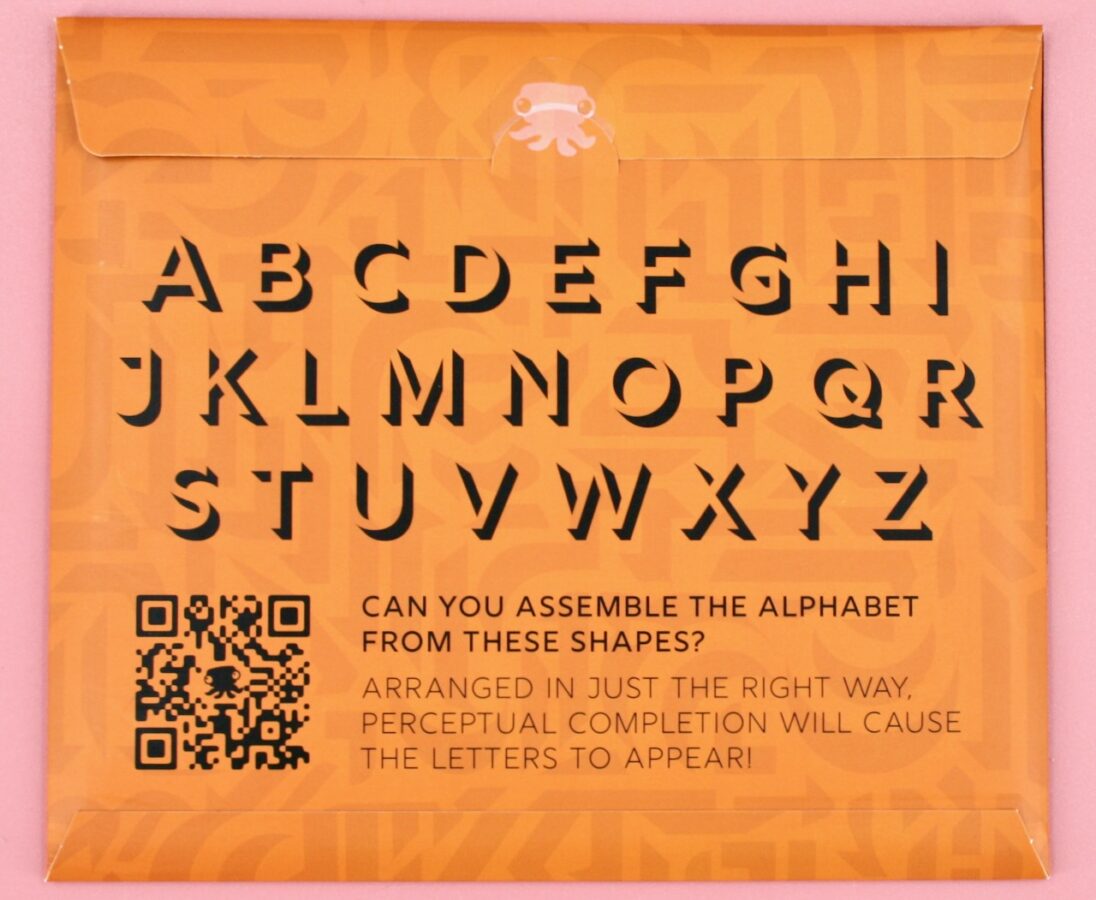
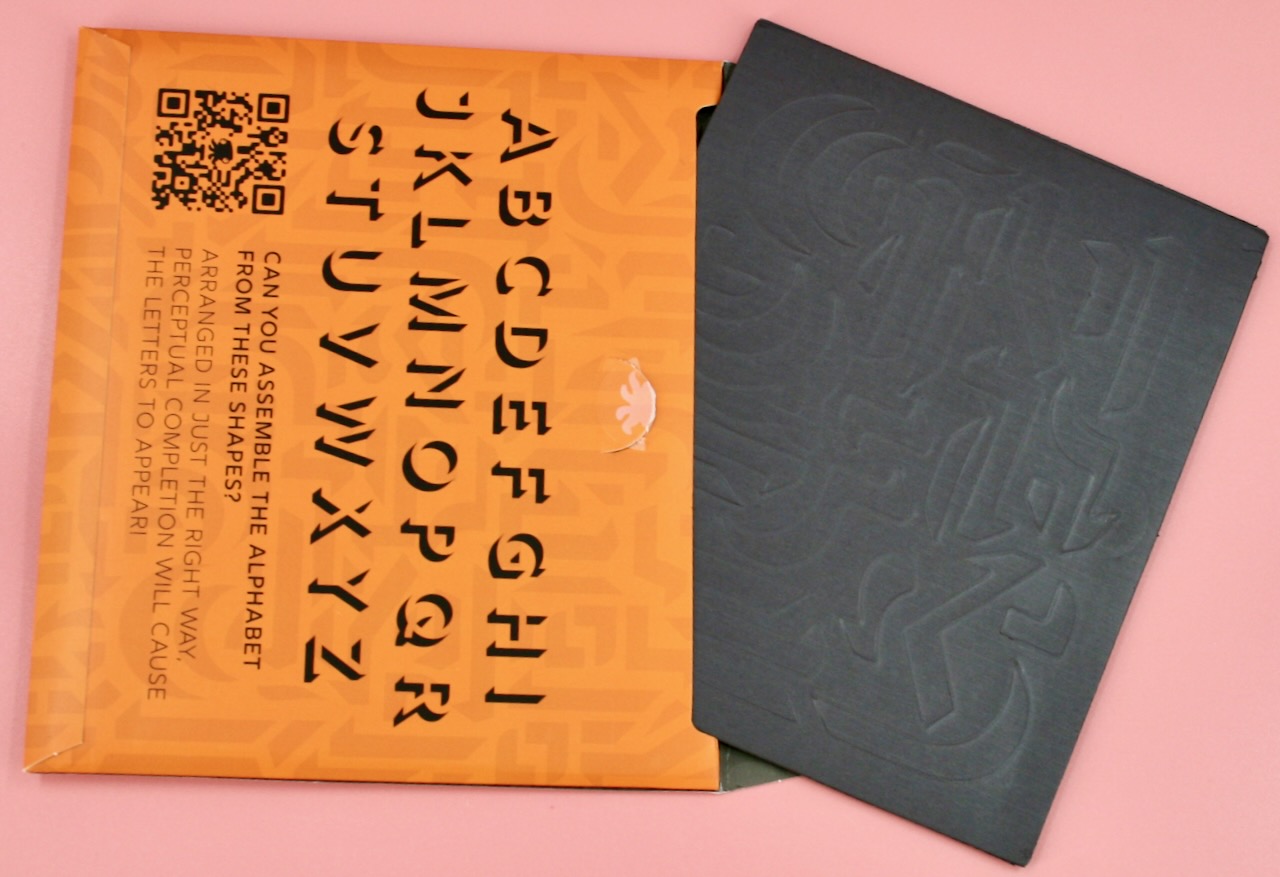
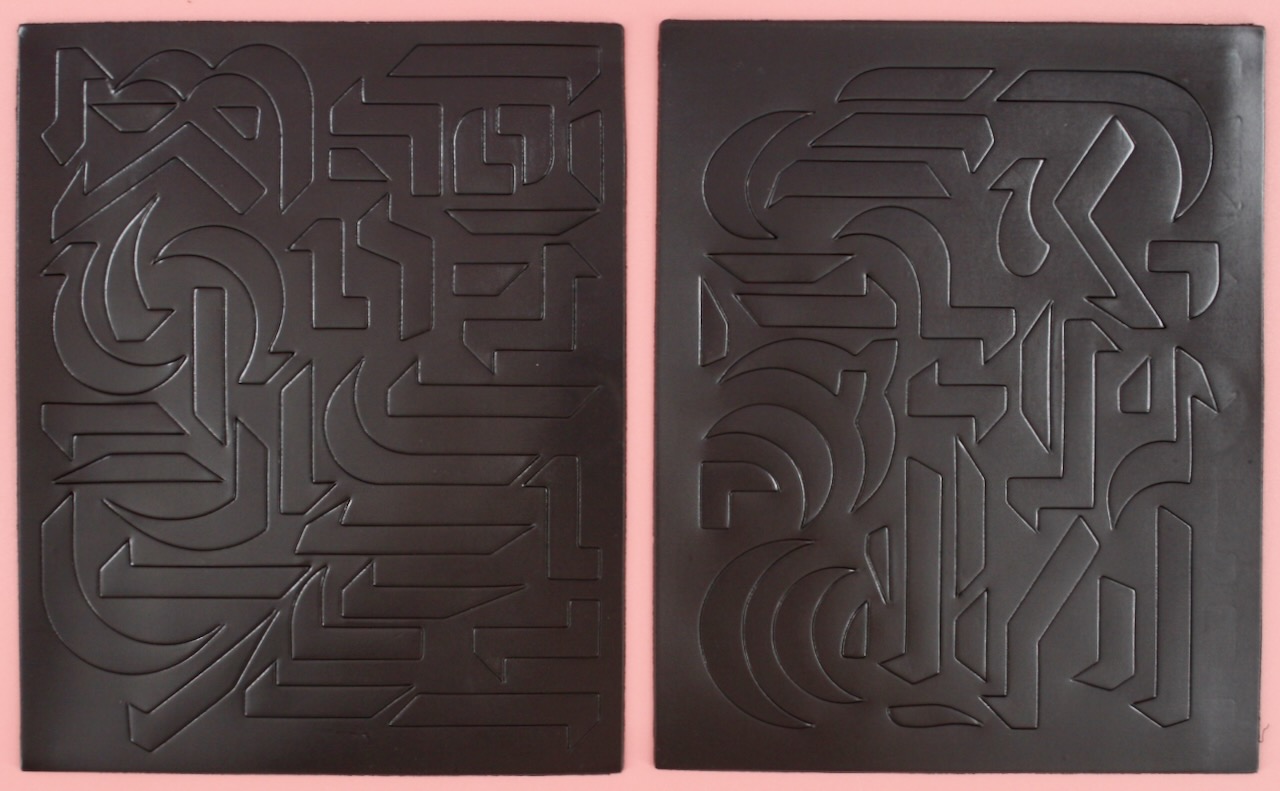
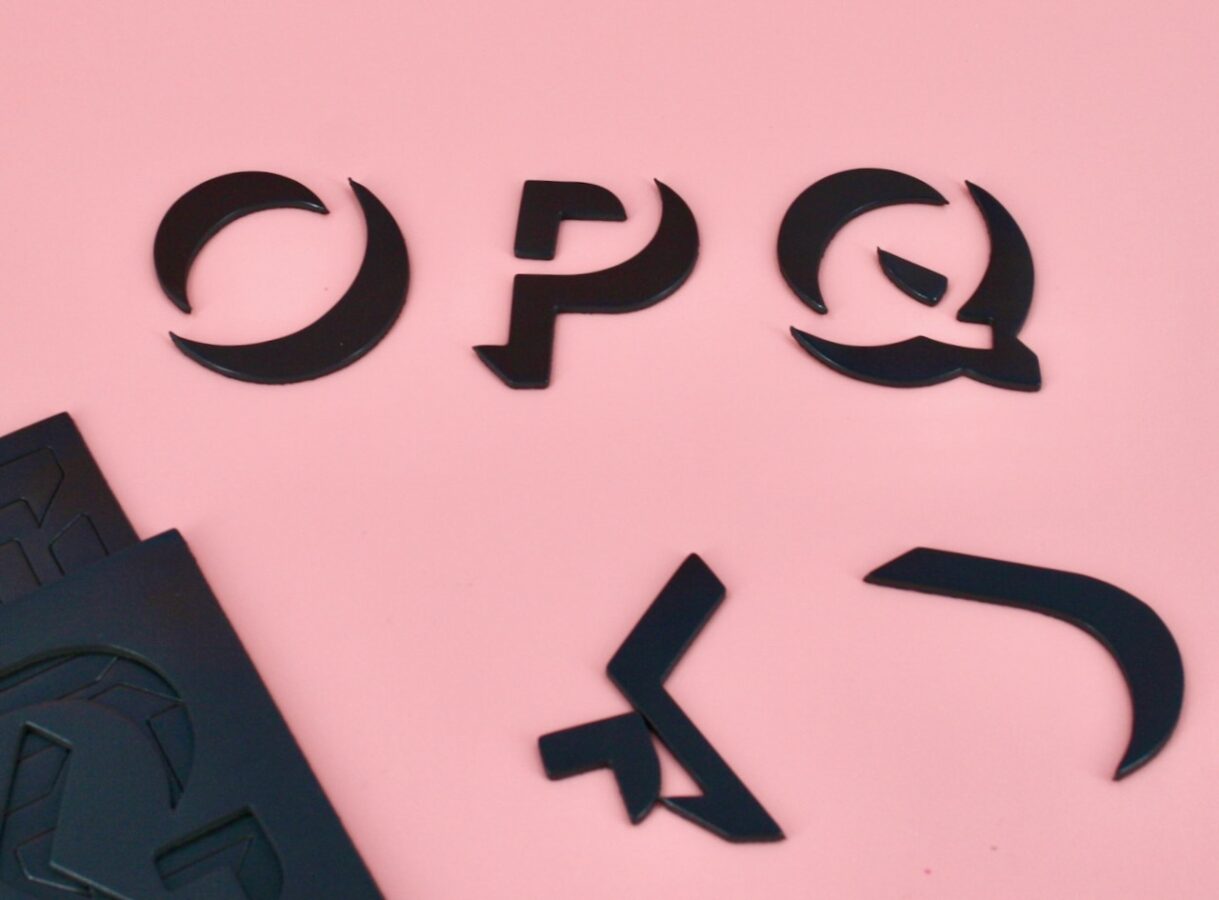
Shadow Alphabet Puzzle
The puzzle above contains 67 magnetic shapes — which when arranged properly will form all 26 letters of the (Latin) alphabet. — But not the letters themselves… That would be too easy. 😉 The shapes will need to form the shadow of each letter as if they were in 3D. Spoiler alert: It’s a lot trickier (and takes a lot more patience) than you’d think!
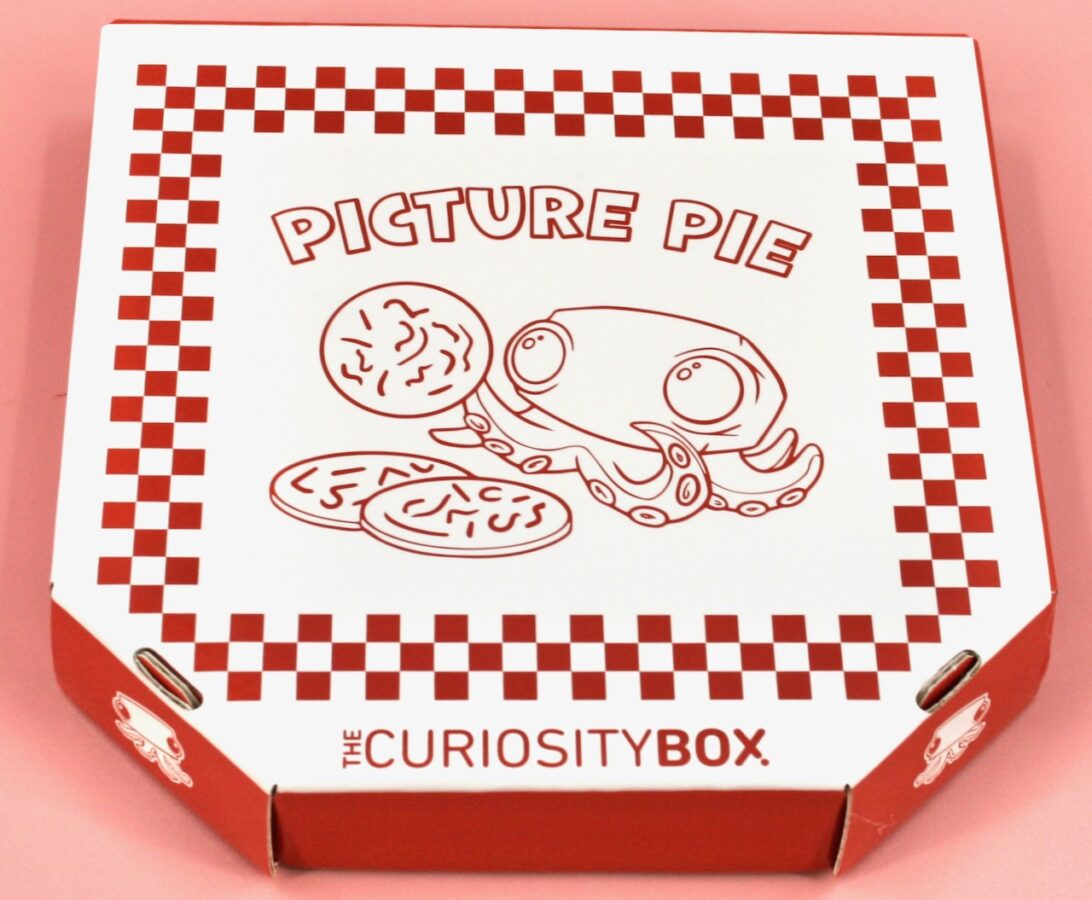
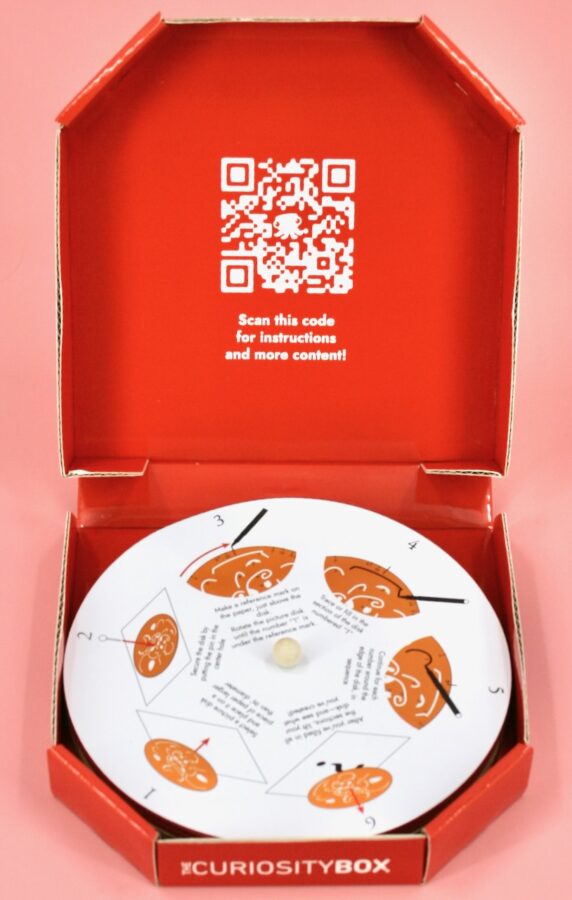
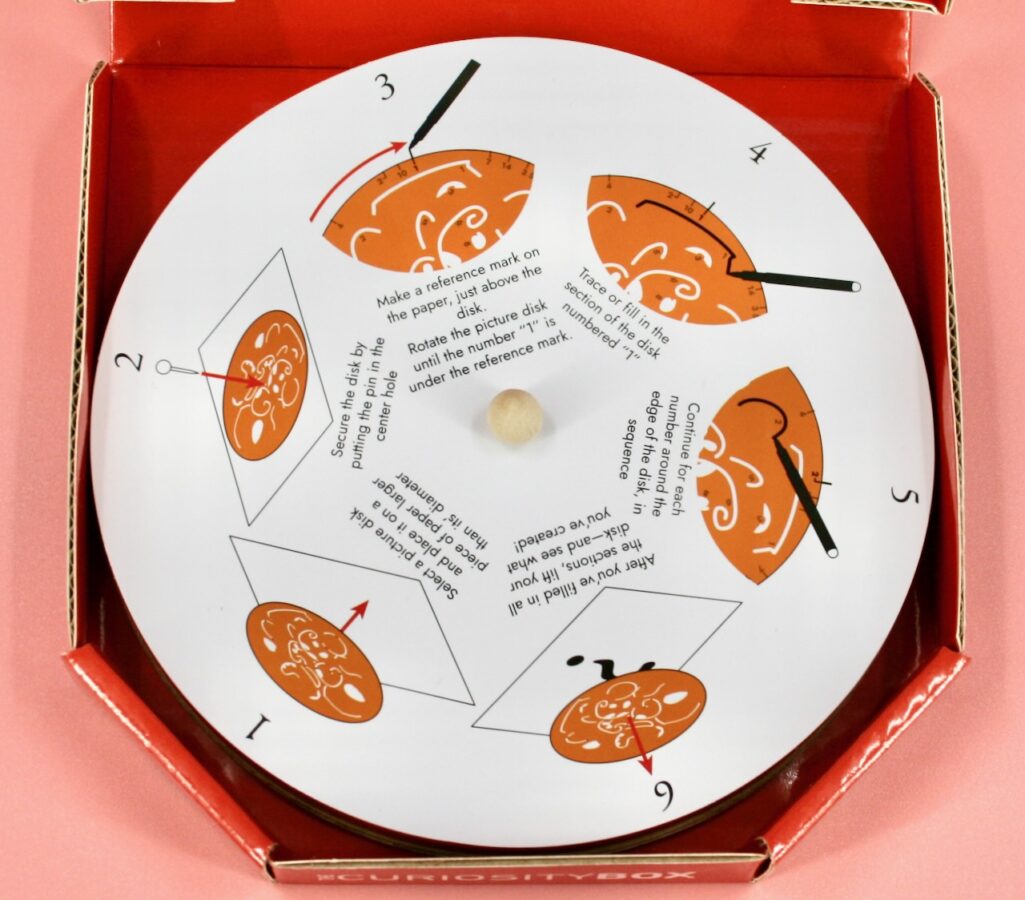
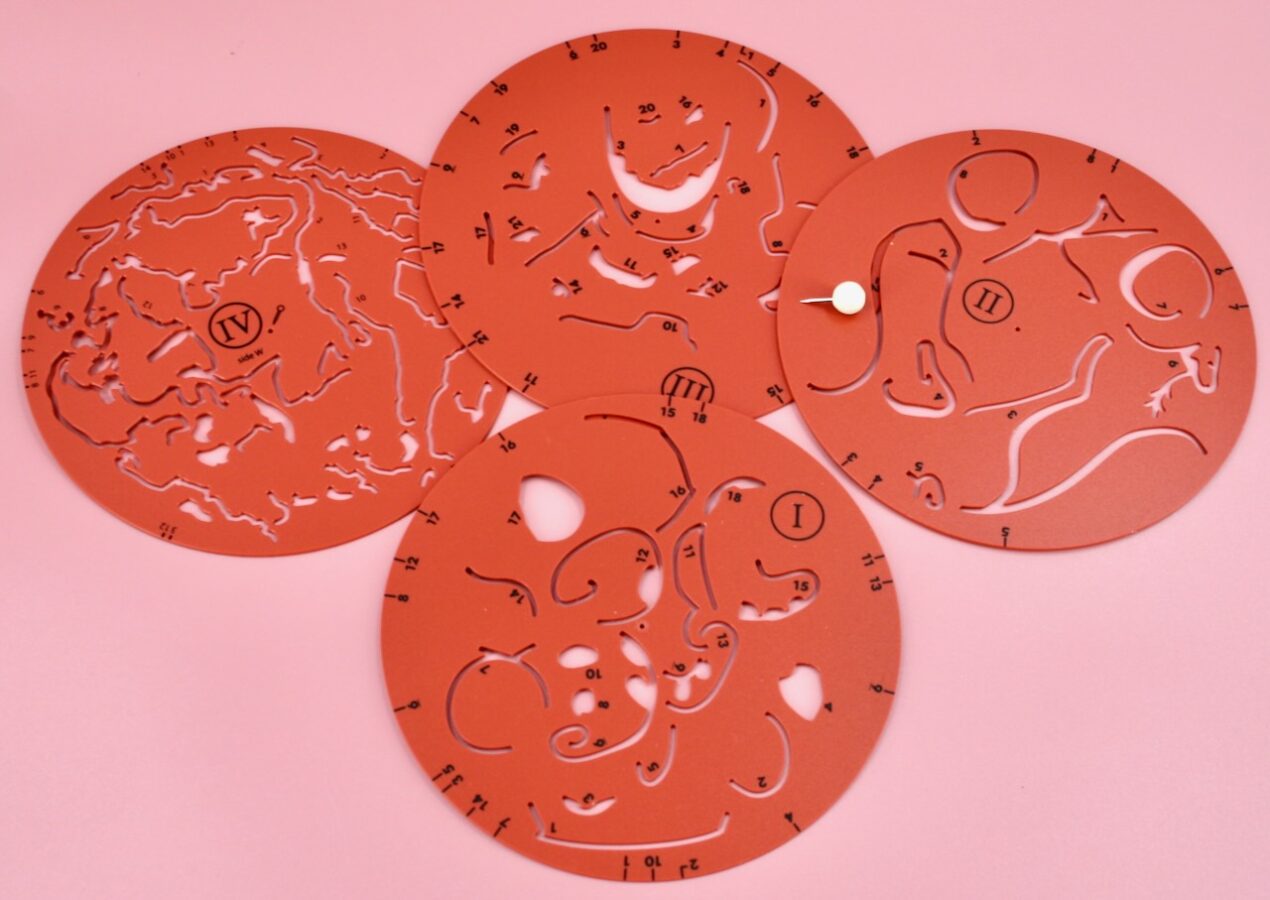
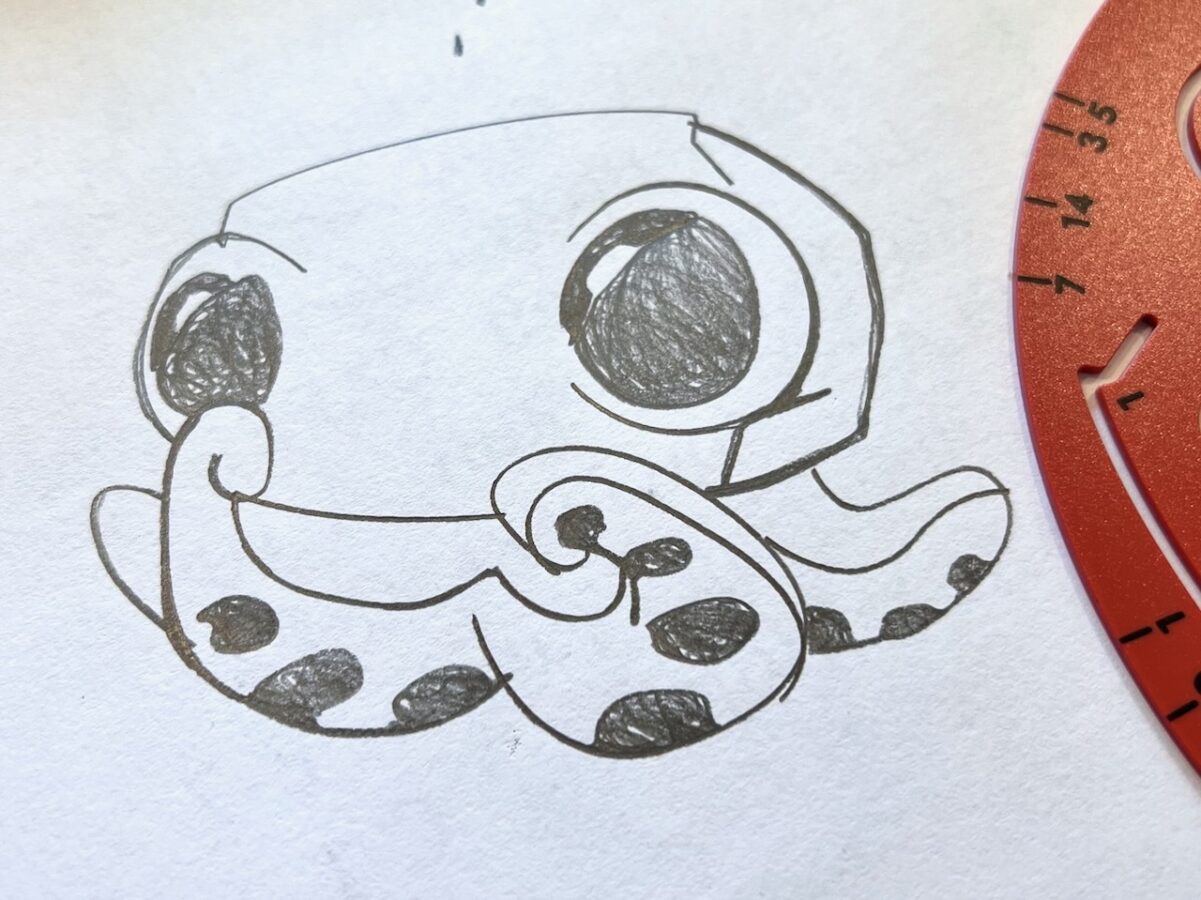
Picture Pie
Each of the plastic disks in the pizza box above contains a mystery image that you create by following the numbered sections on each one, turning the disk as you go. I was a little intimidated at first, but it’s actually quite simple: To start, place your disk of choice on a sheet of paper and secure it in place with the provided pin. Then draw a small reference mark on the paper just above the disk. Align this mark with the number 1 on the outer edge and fill in the corresponding number 1 section on the inner portion of the disk. Then just repeat the process in numerical order, rotating the disk to the next number as needed. The drawing above was my first attempt — “Inq”, the Curiosity Box mascot! (Pro tip: Use a mechanical pencil. It’s the only thing I could find that fit inside all of the little sections/cut-outs the best.)
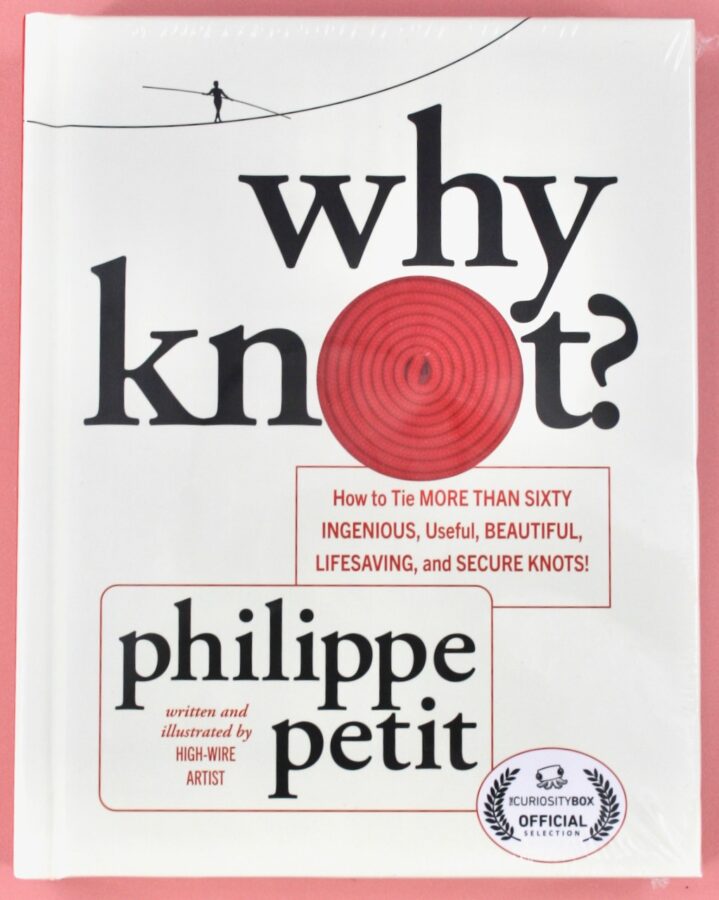
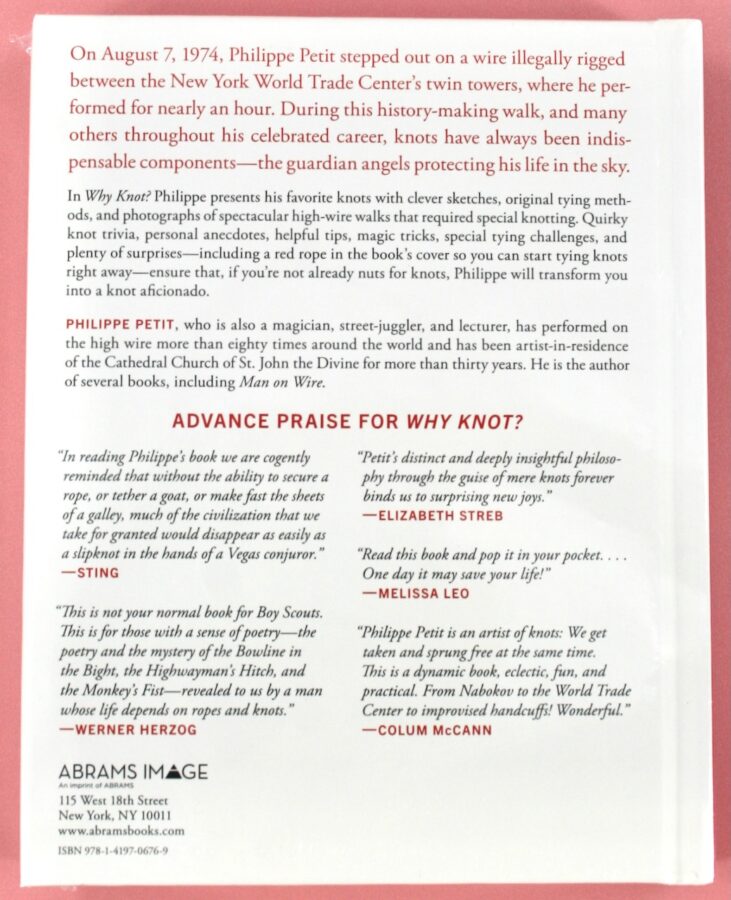
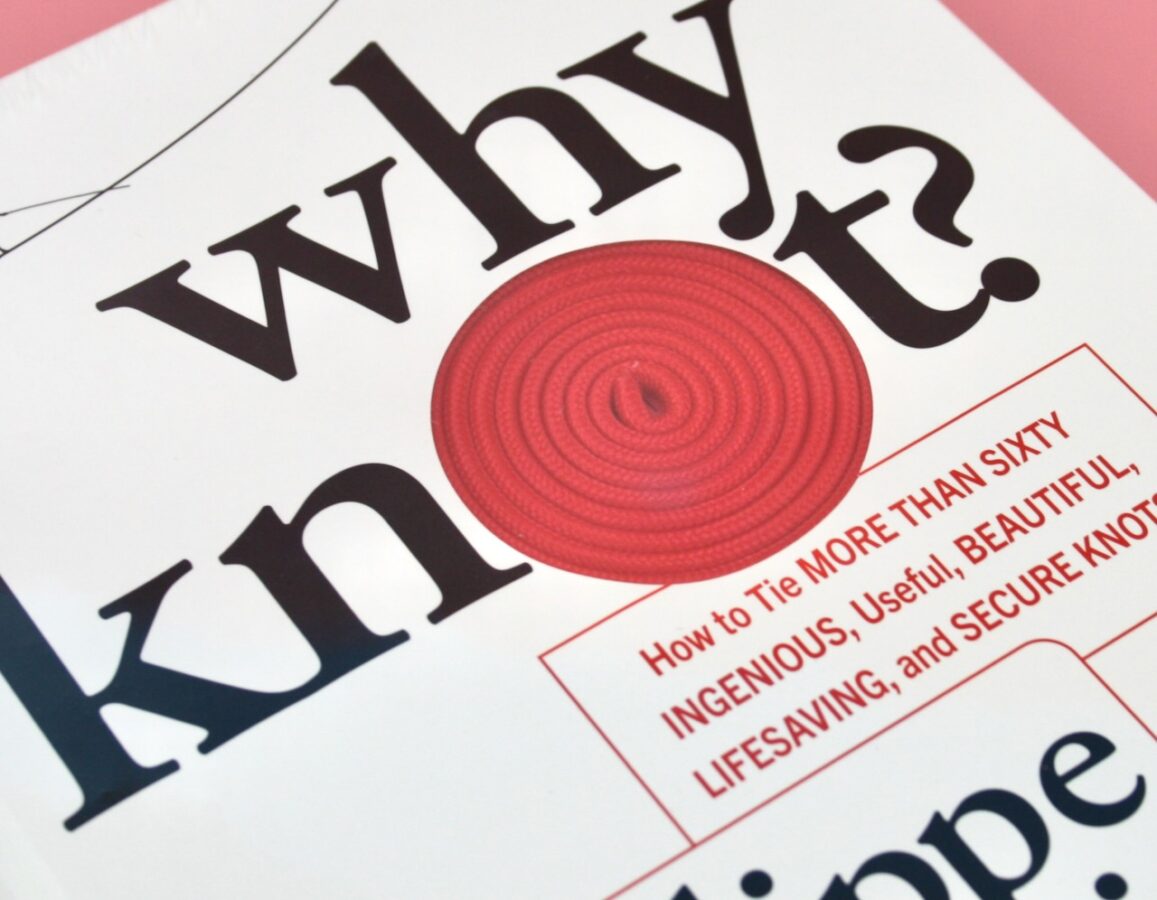
Knot Book
“Why Knot?” — by world-renowned daredevil Philippe Petit — is a book on the use, lore, and tying of knots. It includes instructions on how to tie more than 60 “ingenious, useful, beautiful, lifesaving, and secure knots”. Featured are Philippe’s own sketches and easy to understand tying instructions for each knot. You’ll also find photographs in which special knots were used during his high-wire walks, fun knot trivia, personal anecdotes, helpful tips, magic tricks, tying challenges, and more. There’s even an actual rope provided so you can start honing your knot-tying skills ASAP!

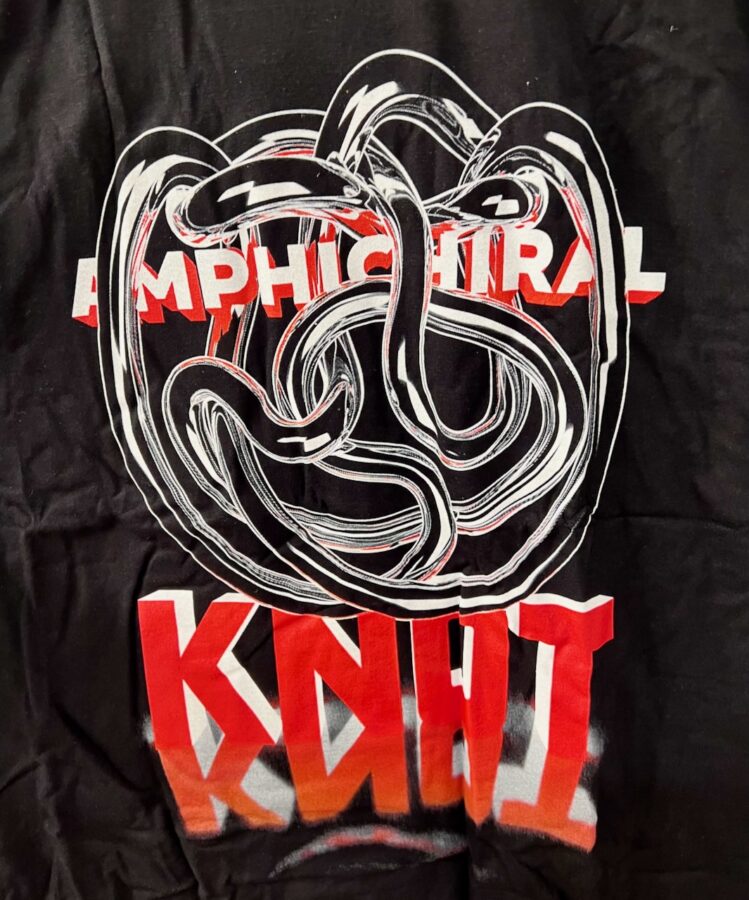
Knot Shirt
I believe each box comes with a new t-shirt, with this quarter’s featuring an amphichiral knot. According to the info booklet/magazine, an amphichiral knot is one which appears the same as its mirrored image. The particular example depicted on the shirt is the only known 15-crossing (spot where the rope crosses over/under itself) amphichiral knot to exist. The info booklet provided a good amount of information about this type of knot and knots in general.
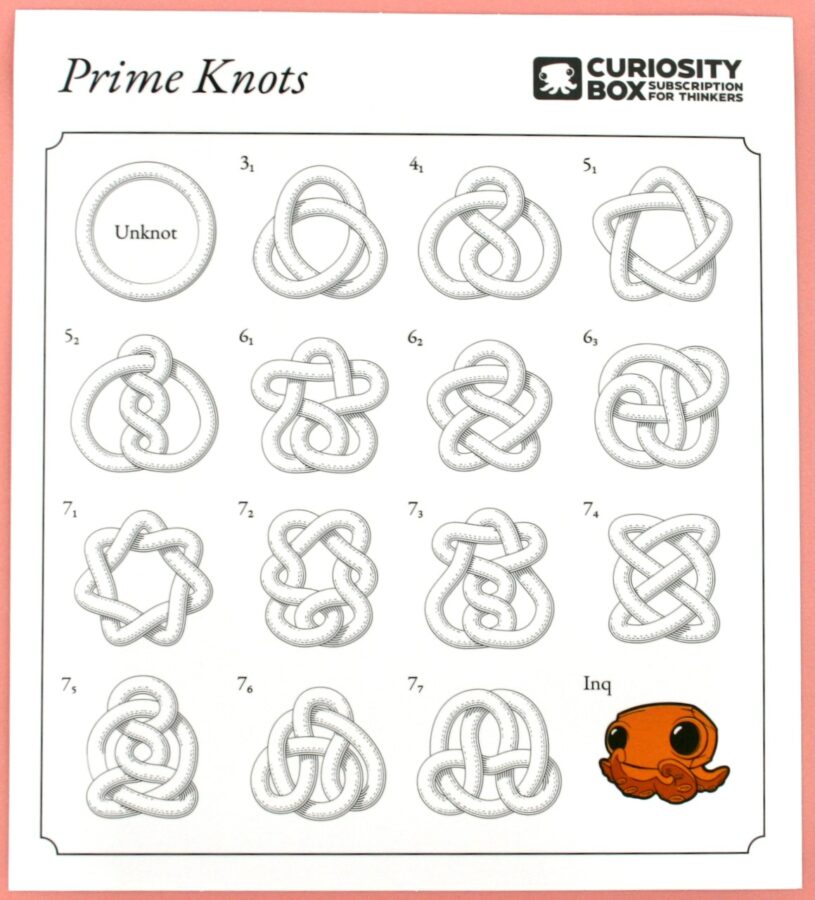
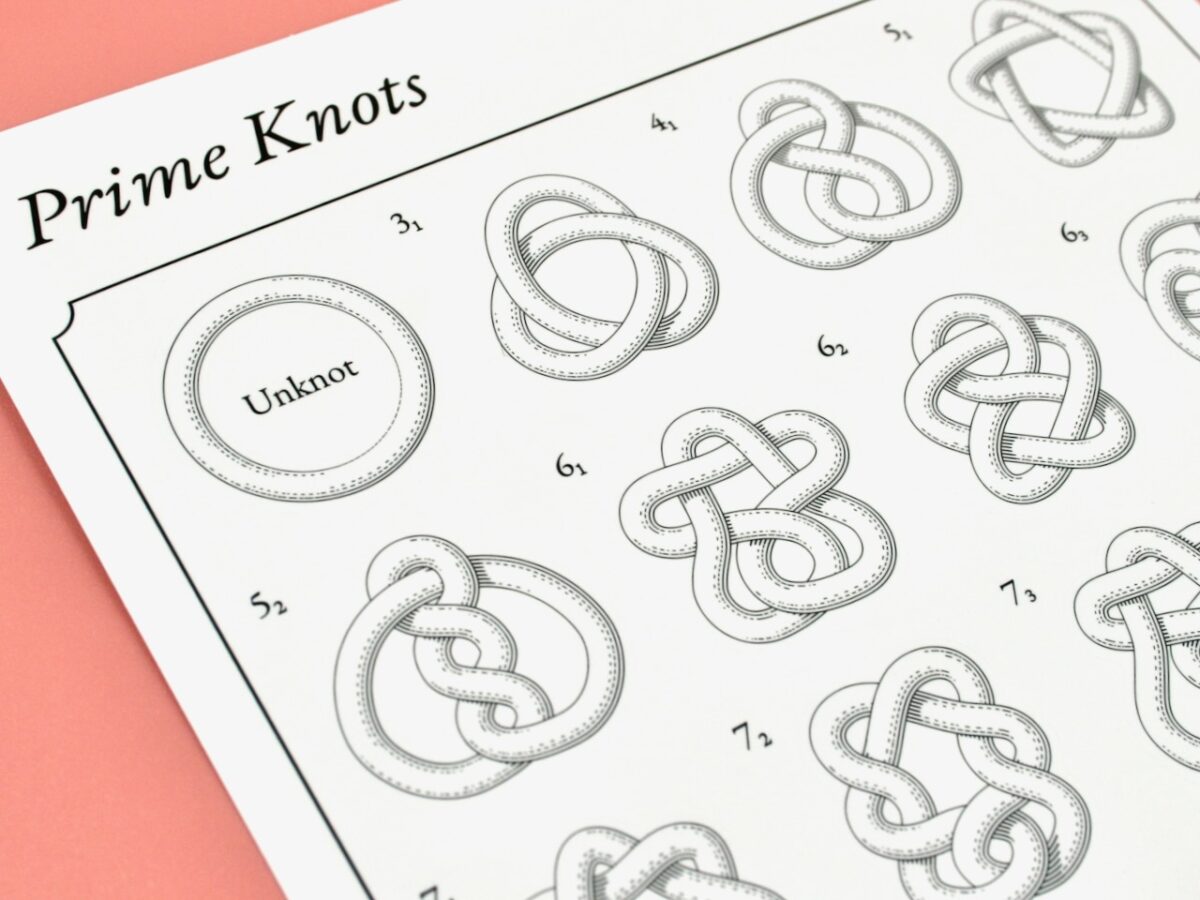
Knot Stickers
The final item was a sheet of stickers depicting prime knots, which are knots that cannot be broken down into two other knots, and are therefore considered indecomposable. Prime knots are considered the building blocks of all knots.
The Summer 2024 Curiosity Box did knot disappoint! 😉 It contained a fun assortment of challenging games/puzzles, novelty items, and more. My personal favorites were the Shadow Alphabet Puzzle, Picture Pie, and “Why Knot?” book. Such a great box for science fans of all ages! 🙂 — Remember, for a limited time you can save 25% on your first box with coupon code “ROSEBUDS25!

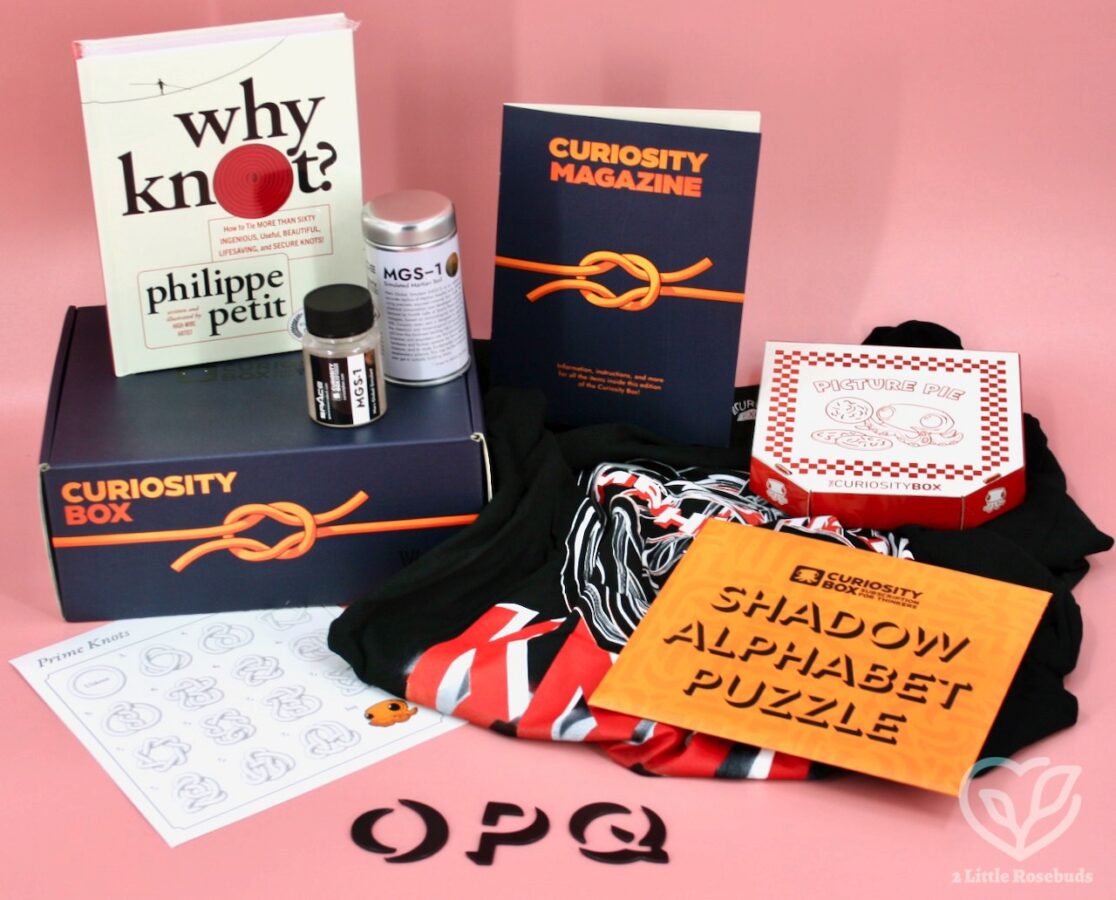
Leave a Reply